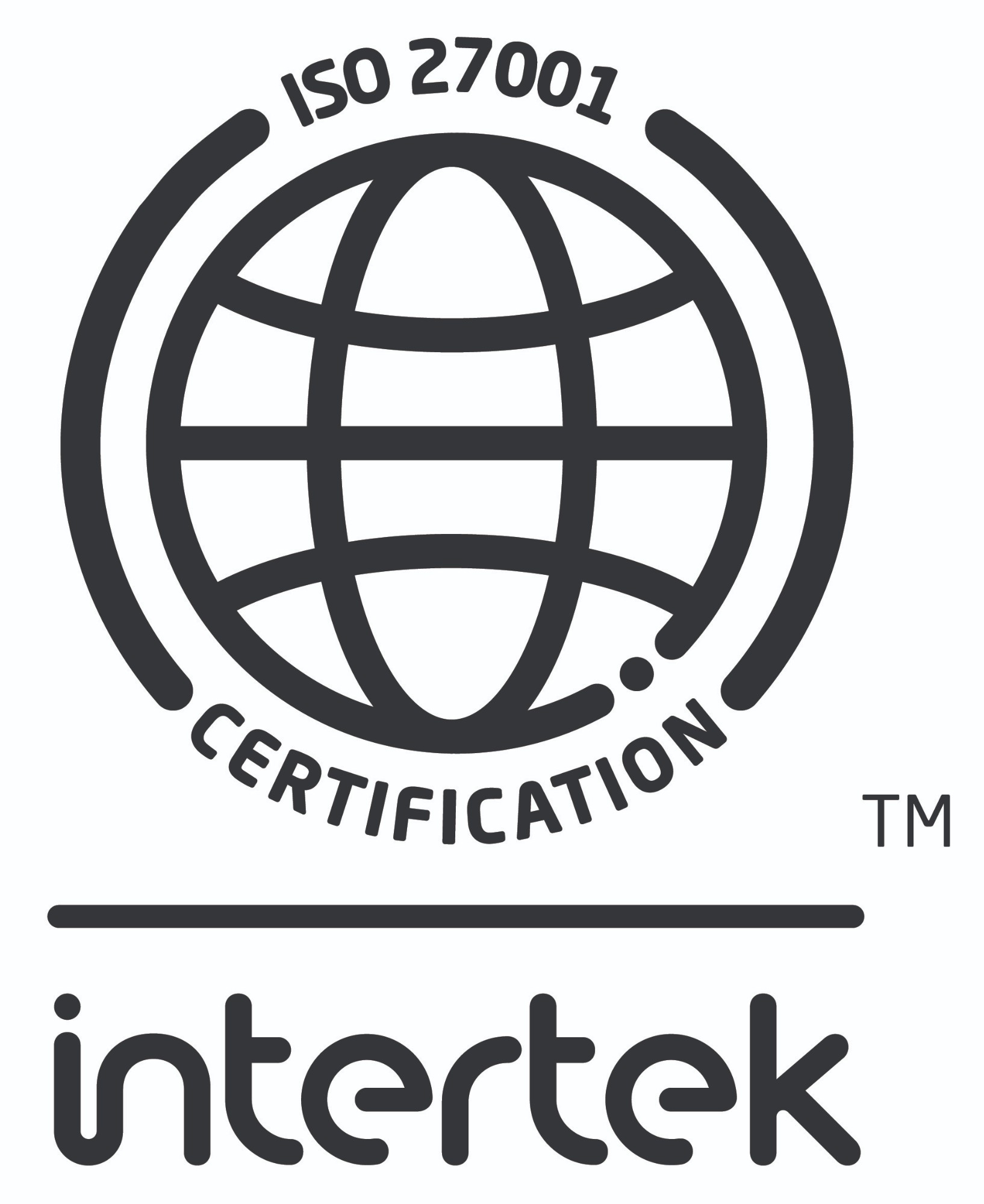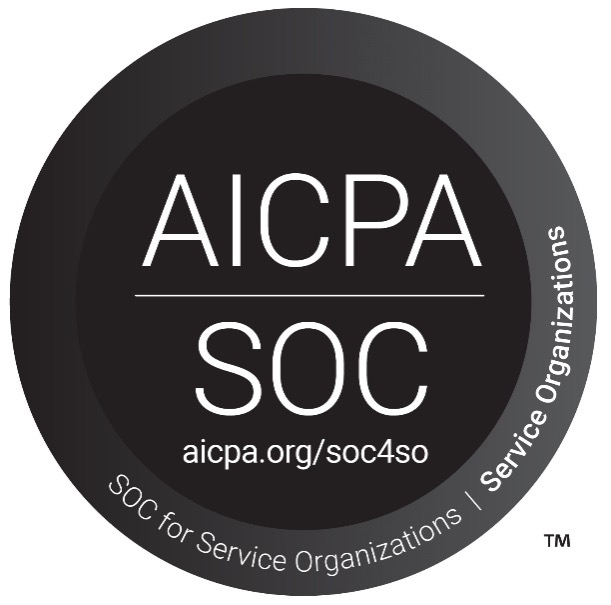Information Security
Introduction
Viedoc Technologies have implemented a risk-based Information Security Management System (ISMS) that facilitates a structured and continuous approach to information security. Our ISMS covers all activities and sites company-wide and is certified according to ISO 27001 with all Annex A controls included in our statement of applicability.
The information security and maturity of Viedoc's eClinical data management solution system and the suitability of the design of its controls relevant to security and confidentiality is also validated by the SOC 2 report, which is issued by a third-party auditor.
Download the ISO27001 certificate

Security Controls Statement of Applicability v5
The latest version of the Statement of Applicability is available here.
SOC 2 report
The SOC 2 report can be shared with interested parties upon request. Please contact Viedoc's QA department at audit@viedoc.com to submit a request.

